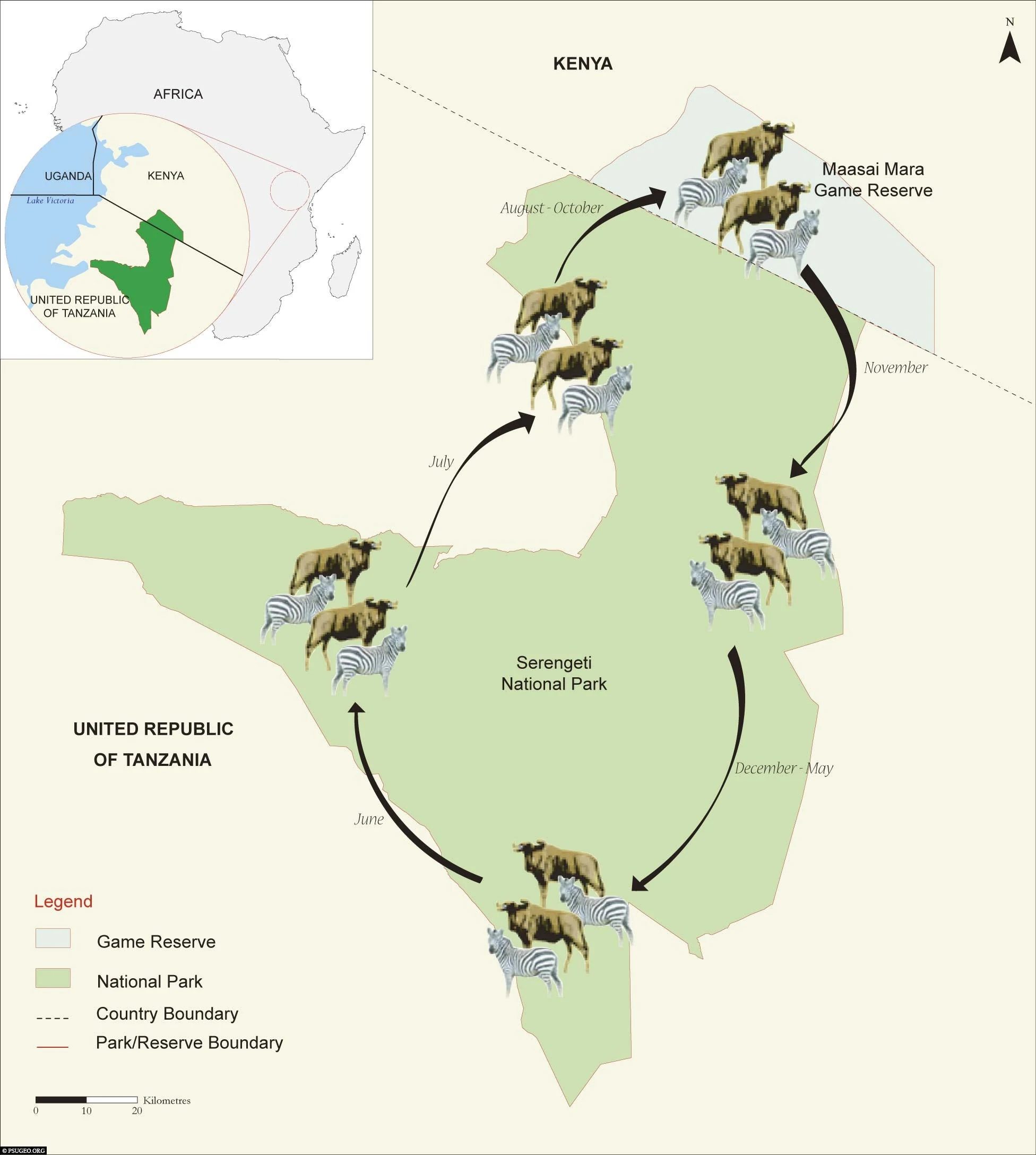The Tarangire National Park in Tanzania. The park is known for its diverse wildlife, birdlife, diverse landscapes, ancient baobab trees, and visitor activities such as game drives and nature walks. The dry season, from June to November, is the best time to visit the park for wildlife viewing.
The park is easily accessible from Arusha and offers a range of accommodations. It is also home to local Maasai communities who offer cultural experiences. A safari in Tarangire offers a unique and less crowded experience compared to some of the more famous Tanzanian parks.
Tarangire National Park in Tanzania experiences a climate characterized by distinct wet and dry seasons. The climate in the park is influenced by its location near the equator. Here’s an overview of the climate and weather patterns in Tarangire National Park.
Long Rains (March to May): This period is characterized by heavy rainfall. The vegetation becomes lush and green, creating a picturesque landscape. However, the wet season can make some areas challenging to access due to muddy conditions.
Short Rains (November to December): These rains are less intense than the long rains but still contribute to the greenery and water availability in the park.
The dry season, particularly from June to October, is considered the best time to visit Tarangire National Park for optimal wildlife viewing. The clear skies and reduced vegetation make it easier to spot animals.

